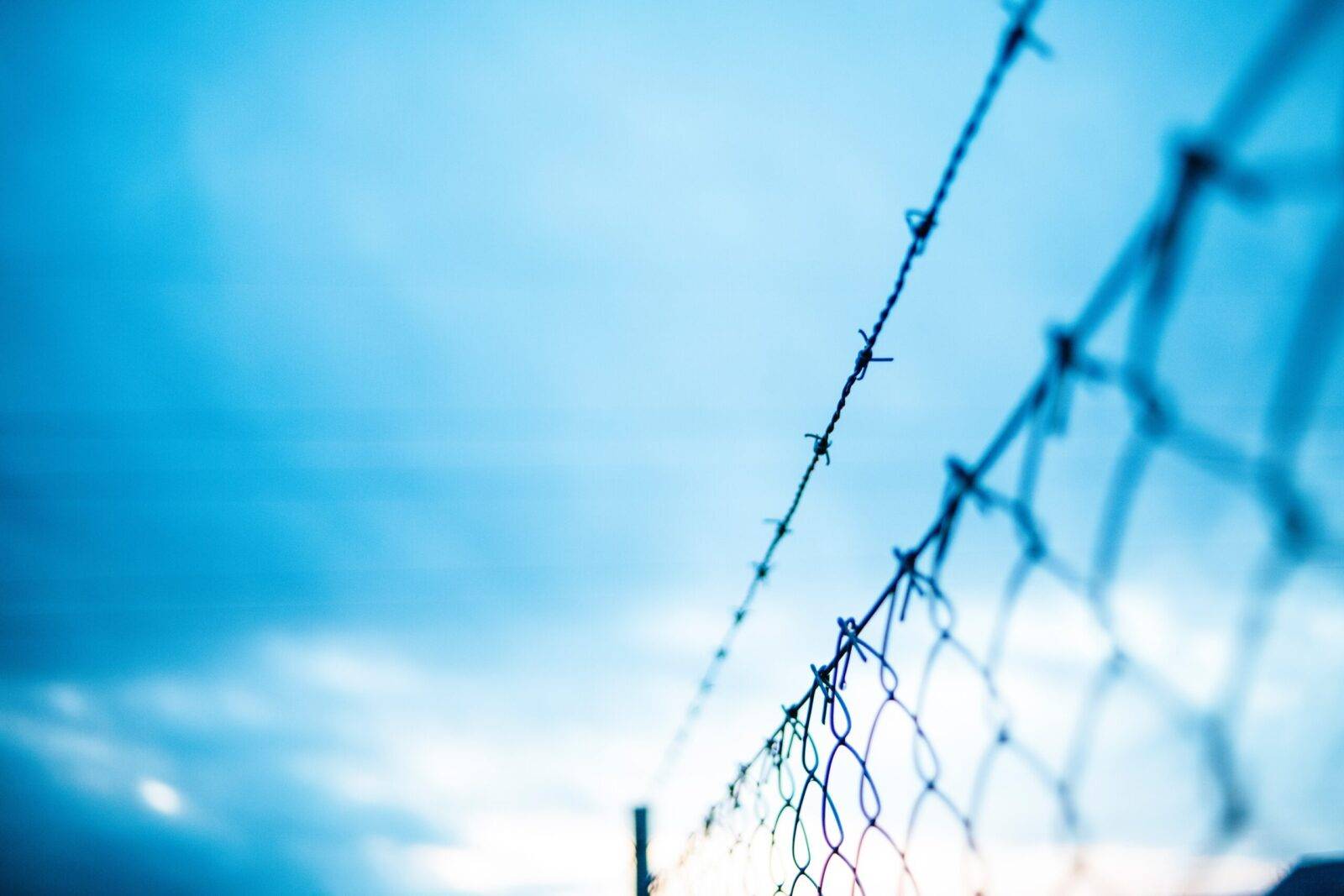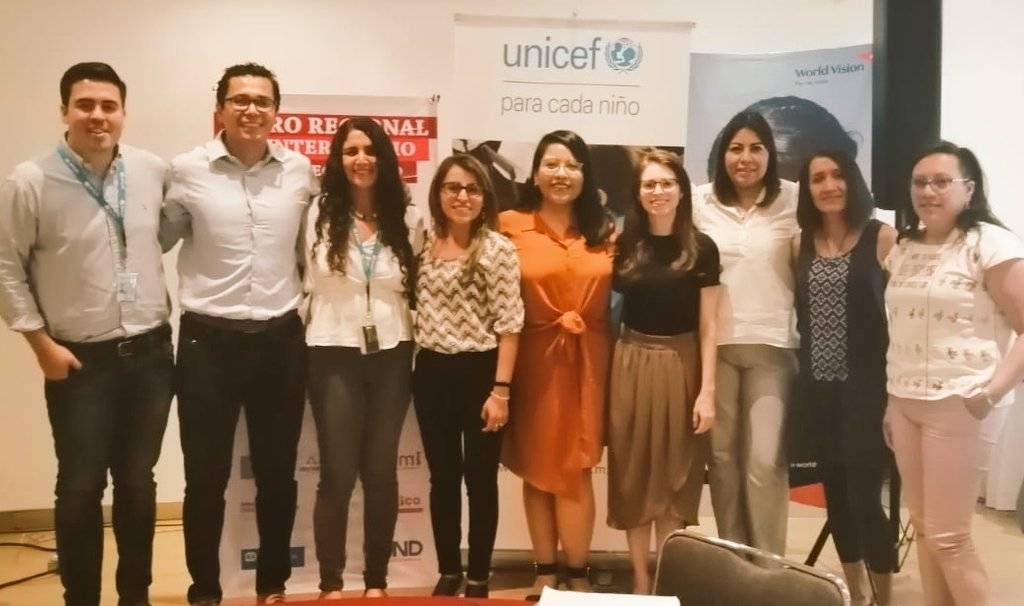Interview with Diana Martínez, IDC Americas Program Officer on the current conditions of migration in the region
How are you, through IDC, confronting the increased security on the borders and the rise in immigration detention in the region, and what elements most concern you?
Governments in the region have a series of international human rights commitments that they have acquired through the years. We try to push them to fulfill these commitments, particularly the right to freedom, in accordance with the international standards that the authorities themselves have imposed, Governments should not forget the protection they should guarantee to vulnerable groups by not placing them in detention, both children and adolescents as well as refugees and other vulnerable groups.

How has the perception of the region changed in the light of the new situation?
Without a doubt there has been an important shift in the situation over the past months. Countries like Mexico had been making progress in issues around protection and alternatives to detention after years of not knowing what alternatives to detention meant. The Mexican government had been gradually including this within its agenda and discourse, and even began some pilot projects of alternatives for children, adolescents and refugees. For months, Mexico was considered a reference for good practice on an international level.
As IDC, we saw this as a step towards what we envisage, that all detention for migrants will be done in accordance with the principles of exceptionality, proportionality and necessity. In other words, that immigration detention will be used only in exceptional circumstances and never for vulnerable groups.
Unfortunately, following the agreements with the United States, this progress has reached an impasse, and we are seeing that immigration detention has once again become one of the main tools of migration control, and that much more control is being exerted on the border and along the migration route. This is not only in Mexico, the Central American countries are doing something similar, trying to close the borders to prevent people from leaving. With this, governments are forgetting that people have the right to seek a better life and request asylum if they are being persecuted or if their lives are in danger.
Governments are forgetting that people have the right to seek a better life and request asylum if they are being persecuted or if their lives are in danger
How many detention centers are there currently in Mexico and what kind of centers are they?
There are currently approximately 60 formal detention centers spread throughout Mexico. There are various categories of detention, the most well-known is the migrant detention center (estación migratoria), but there are also temporary holding centers (estancias provisionales), type A and B*, that are different to the previous ones in that they receive people for short periods of time. On the other hand, we have centers that have been set up in the wake of the agreements with the United States in June of this year. These are 8 temporary (or informal) shelters (albergues temporales) that have greater capacity than the detention centers and are strategically located in some states along the migration route. These centers have increased the capacity of the Mexican government to detain people.
This concerns us because firstly, evidently, the detention conditions are not optimal and second, it is not clear whether international organizations and civil society are able to enter these centers nor whether the detained people are receiving information about their migration procedures, or about the possibilities for legalization and of the importance of having access to asylum procedures. On the other hand, not knowing when these temporary shelters will be closed is also a worry.
What are the latest figures for immigration detention?
In statistics provided by the government’s Migration Policy Unit, between January and August of this year, 144,591 immigration detentions have been carried out in Mexico, with 43,027 of those being children.
What is IDC actively working on in the face of the increase in migrant detentions in the region?
IDC is betting on local efforts, especially in Mexico and the United States. We argue that local responses can bring about global change. We are driving the coordination between diverse stakeholders, and supporting the strengthening of protection and migration authorities as well as civil society organizations, in order to move forward in the implementation of alternatives to detention, mainly that of children and adolescents, but also that of their families.
The issue of accompanied children and adolescents has us particularly concerned and we worry that they are overlooked because they are with a family member. The government is making some effort to relatively quickly free children and adolescents who travel unaccompanied (although the ideal would be that they do not spend even a day in detention), while accompanied children are left in detention centers for indefinite periods with the excuse that they are with family. Detention continues to be detrimental to these children and adolescents. We are collaborating with our members and allies, as well as with authorities (through alliances, events and trainings) to ensure that alternatives are implemented as part of a protection protocol for migrant children and that the existing provisions in Mexican law – that no child under the age of 18 should be detained for migration reasons – becomes a reality.
IDC is betting on local efforts, especially in Mexico and the United States. We argue that local responses can bring about global change.
What opportunities do governments in the region have?
They have a great opportunity to fulfill the commitments they have undertaken; to respect the human rights of the population that inhabits their territory, to monitor international standards, and above all, to enable the protection of children in situations of human mobility. They could even elevate standards and reverse the securitization that is occurring again in the region and that is affecting the most vulnerable who do not have access to travel documents to reach Mexico or the United States.
It is in governments’ hands to change the situation of the most unprotected of these vulnerable groups who leave their countries in order to safeguard their lives and their freedom and who are experiencing the impossibility of accessing migration procedures, international protection or who are being detained for long periods in detention centers both in Mexico and the United States.
________________

